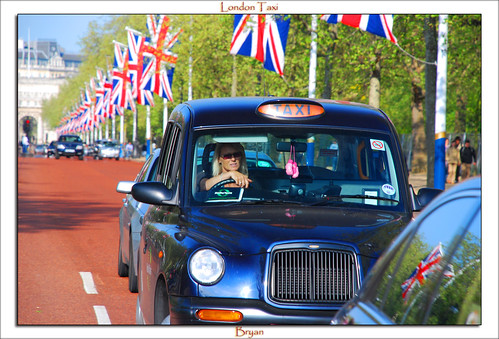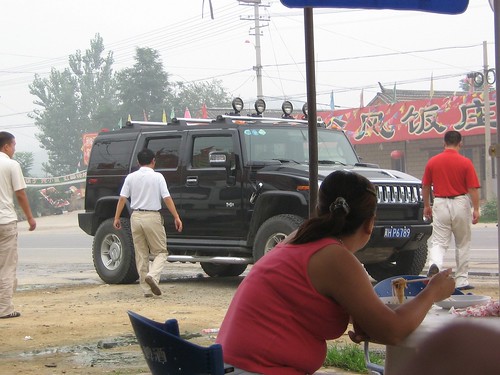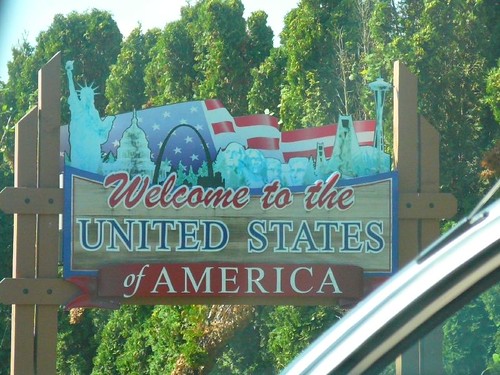Wednesday, June 3, 2009 – ISSN 1529-1057
TIC3 Speaks Your Language – Deploy in Multiple Languages
Whether you are looking to provide Interoperability between legacy systems, launch or upgrade a 511 Service, generate Traffic Flows & Predictive models, Traffic Alerts, Traffic Plans & Simulations, report on Work Zones & Road Conditions, run an automated Radio Traffic Advisory system, or produce Navigation Quality Data, TIC3 from GEWI is the solution. All of these services, and more, can be achieved by simple configuration of this single commercial off-the-shelf (COTS) software platform, already in use in over 100+ projects worldwide. And, it is already configured for 12 languages with other languages easily added. TIC is offered with flexible pricing models, worldwide support, and will also be made available locally through GEWI Authorized Partners. Contact
jim.oneill@gewi.com to discuss your requirements.
AVIATION
1) Crash Mystery Tests Limits of Technology
Link to story in USA Today:
http://www.usatoday.com/news/world/2009-06-02-crashinside_N.htm
2) Air France Flight Flew Well Beyond Range of Radar
Link to AP story:
http://www.google.com/hostednews/ap/article/ALeqM5j5g0ENmGxuUgPabNpRzvxTuScdUQD98IQJ7G0
3) Factbox: How Planes Get Lost
Link to information from Reuters:
http://in.reuters.com/article/worldNews/idINIndia-40052920090602
4) US Air Force Uses Jets for Long-Range Communications on Battlefields
Link to story on Nextgov:
http://www.nextgov.com/nextgov/ng_20090602_3113.php
5) Delta Counting on New Red Coats to Boost Customer Service
Link to story in The Atlanta Journal-Constitution:
http://www.ajc.com/services/content/business/delta/stories/2009/06/03/redcoat_delta_customerservice.html
CAMERAS
6) Tennessee Traffic Camera Restrictions Bill Goes to Governor
Link to blog in the Knoxville News Sentinel:
http://blogs.knoxnews.com/knx/humphrey/2009/06/traffic-camera-restrictions-bi.html
GPS / NAVIGATION
7) Say Hello to BING-411, Bing’s Voice Service
Phone service offers driving directions.
Link to review on Appscout:
http://www.appscout.com/2009/06/say_hello_to_bing-411_bings_vo.php
OTHER
8) News Updates from ITS America Annual Meeting
Link to news update:
http://www.dailynews-online.com/itsa-am/
PARKING
9) New Meters Challenging San Francisco Parkers
Link to story in the San Francisco Chronicle:
http://www.sfgate.com/cgi-bin/article.cgi?f=/c/a/2009/06/03/BA8V17USEA.DTL
ROADWAYS
10) Confusing Minneapolis-St. Paul Airport Signs Targeted
Link to story in the Star Tribune:
http://www.startribune.com/local/46769982.html?elr=KArks:DCiU1OiP:DiiUiD3aPc:_Yyc:aUU
11) Measures to Stop Wrong-Way Drivers on Dallas North Tollway Debated
Link to story in The Dallas Morning News:
http://www.dallasnews.com/sharedcontent/dws/news/localnews/stories/DN-wrongway_03met.ART0.State.Edition2.5134ae5.html
12) National Socialists’ Highway Cleanup Hits Bump
Jewish group worked through legislators to have Missouri roadway renamed after rabbi.
Link to editorial in the News-Leader:
http://www.news-leader.com/apps/pbcs.dll/article?AID=2009905310334
SAFETY / SECURITY
13) Airport Officials Ask Congress Not to Disrupt TSA Biometric Work
Link to story in Washington Technology:
http://washingtontechnology.com/articles/2009/06/03/congress-urged-not-to-disrupt-tsa-biometrics-work.aspx
TRAVELER INFORMATION / TRANSPORTATION MANAGEMENT
14) Centralize Traffic Monitoring, New Jersey Lawmakers Say
Link to story in The Press of Atlantic City:
http://pressofatlanticcity.com/news/breaking/article_06dd2c88-4e2f-11de-b544-001cc4c03286.html
News Releases
1) CP24 and GO Transit Announce Exclusive Partnership – Live Reports Delivered from GO Transit Centre
Upcoming Events
smart rivers ’21-The Future of Inland Navigation – September 6-9 – Vienna
http://www.smartrivers.org/
Today in Transportation History
1969 **40th anniversary** – Australian light aircraft carrier HMAS Melbourne and US Navy destroyer, USS Frank E. Evans collided in the South China Sea. Seventy-four died.
http://www.vrb.gov.au/dvapublications/CLIK-Frank-E-Evans.pdf
=============================================================================================
The Transportation Communications Newsletter is published electronically Monday through Friday.
To subscribe send an e-mail to: TCNL-subscribe@googlegroups.com
To unsubscribe send an e-mail to: TCNL-unsubscribe@googlegroups.com
TCN archives: http://groups.yahoo.com/group/transport-communications
Questions, comments about the TCN? Please write the editor, Bernie Wagenblast ati95berniew@aol.com.
© 2009 Bernie Wagenblast







